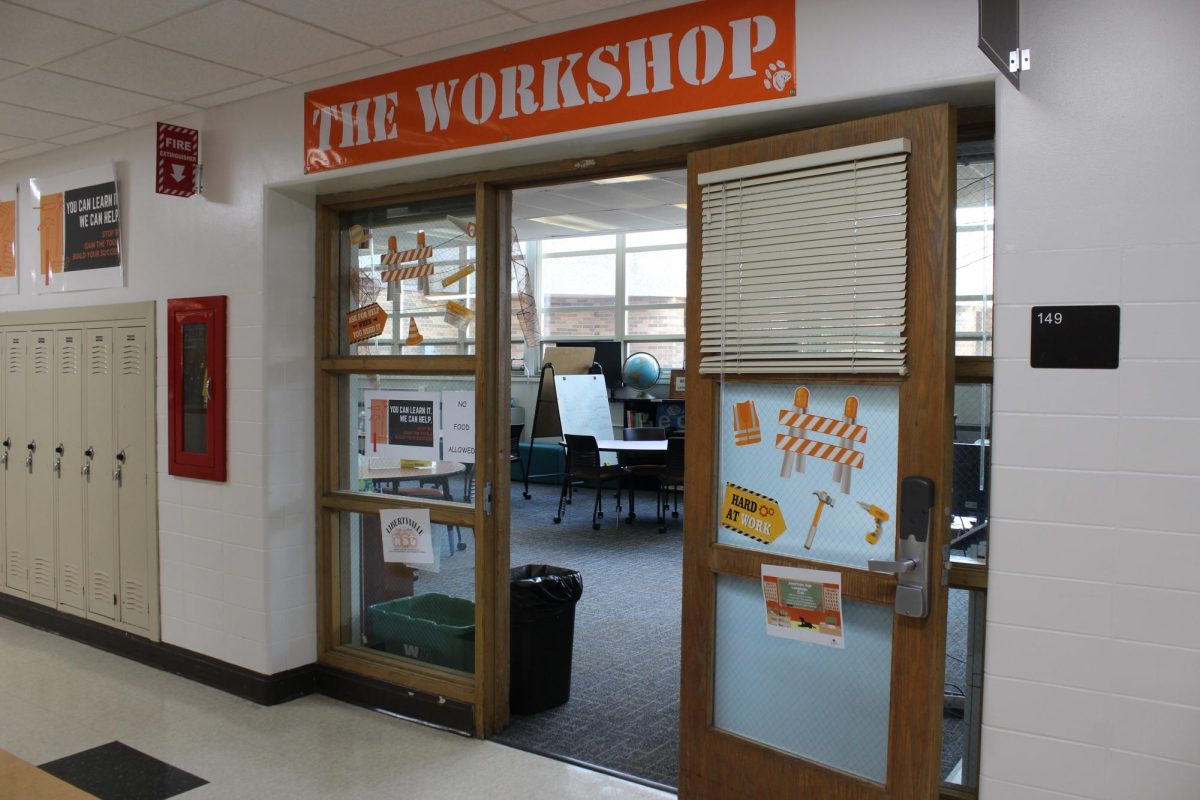The Social Norms survey conducted this past March revealed that Libertyville High School students have a problem: Perception.
LHS has a lot of reason for celebration, though, too. For one, beliefs about behavioral norms are the problem more than the behaviors themselves (for students here use significantly less than students in the rest of the state and nation). Libertyville also tends to have significantly lower 30-day rates for alcohol abuse and the unsafe behaviors that go along with it than the rest of Illinois and for that matter, the United States.
The only statistic that comes close to the national and statewide norms reported by the Center for Disease Control and Prevention’s Youth Risk Behavior Survey is the one that conveys 30-day marijuana use. The school’s proximity to national statistics (both at 23%) is gauged by a slightly older national survey that was done when the nation was only just beginning to evidence what is now an acknowledged trend, an extreme increase in the recreational use of cannabis.
Generally, Libertyville’s norms were found to be so low compared to other schools in the state and nation that the May 1 Teacher Lunch and Learn presenter, Gregory Barker, Ph.D., commended LHS students, especially since the use rates stayed largely the same despite the first survey (from 2012) having been taken two weeks prior to Turnabout and the most recent (2014) having been taken two weeks following the dance. He noted that he “[applauds] students for being honest about data” specifically because the survey is best administered with the understanding that it is “student-led.” Not all statistics showed Libertyville in a good light, though; there are students who engage in illicit (and dangerous) behaviors. The PowerPoint [link below] exhibits that troubled section of the LHS population.
Mr. Ole Stevens, Libertyville’s Director of Student Services, made clear, “We’re not sweeping this under the rug, we’re using the data to make the community (students, teachers, residents) better.”
Despite staff and expert opinions that the statistics are, for the most part, worthy of celebration, students feel tend to feel otherwise. Junior Mark Boynton noted, “I was actually surprised our statistics were so low. I feel like we should only present the data if it is more impressive. Showing that there is a percentage of students that does drink, I feel, actually encourages others to feel okay doing it because they are not the only ones.”
David Black, another junior, remarked, “Honestly, I find the statistics a little disappointing.”
The school does have high hopes to improve. To that end, LHS is already well on its way. Mr. Stevens emphasized “Traction comes from [teachers]… it takes teachers who know what’s going on.” And teachers do know what is going on: some in attendance at the Lunch and Learn shared stories of catching an impaired student in class, others thought it would be “helpful to hear from classroom teachers who have caught things” as they would “love to know what to be looking for.”
Mr. Damian Kulikowski, the LHS Student Assistance Program coordinator stressed that faculty should always seek to “foster relationships with kids” and should, if they notice something worth further investigation, reject the concern that reporting troublesome behavior will “jeopardize their relationship with the student.”
With fully vigilant teachers and a great starting point, LHS will still have to wait a couple more years for marked differences that can be attributed to the social norms campaign. Schools that implement an annual survey tend to need three or four years for its effects to truly manifest. Libertyville, doing the survey every two years, may need yet more time for the whole campaign (survey and subsequent programming) to become part of the school culture, Barker noted. Once it does, improvement (even from LHS’s already near exemplary statistics) is expected.
[slideonline id=14052]






![Wildcats do their pre -race circle that consists of chants and cheers to hype up the team. “I think cross country is such an interesting sport, in the way we're all kind of struggling together at the same time," senior Emme Fogle said. "[We have] comfort knowing that everyone's kind of going through the same thing. It's kind of incredible.”](https://www.lhsdoi.com/wp-content/uploads/2025/09/Screenshot-2025-09-25-3.14.42-PM.png)

